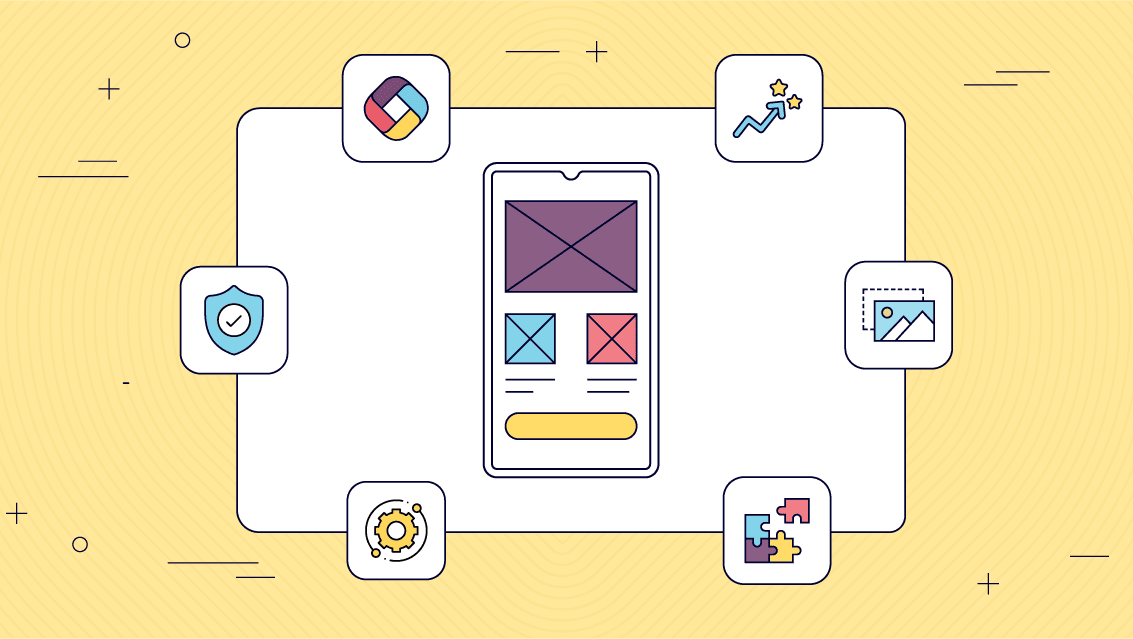7 Steps to Making an App for iPhone in Less Than a Day
Read Time: 24 minutes
Posted on July 26, 2023
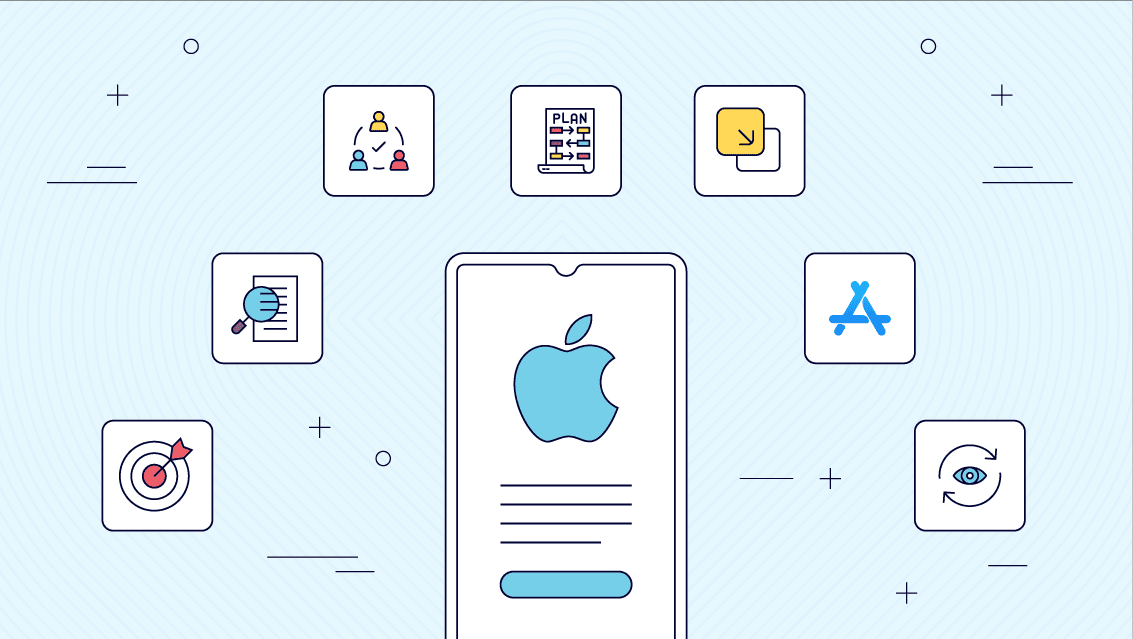
Mobile applications have embedded themselves into the very core of our daily activities. Whether it’s ordering food, scheduling appointments, communicating with colleagues, or attending an event, apps have seamlessly integrated themselves into our routine. With this growing dependency, app development has emerged as a dynamic industry, with iOS standing as a prominent platform.
The Benefits of No-Code Development VS Traditional Coding Methods
In traditional scenarios, creating an iPhone app required a profound understanding of coding languages. Proficiencies in languages like Swift and platforms like Xcode were crucial. These tools, albeit powerful, require significant time investment and technical expertise, often serving as a formidable barrier for aspiring app creators.
Enter no-code development platforms – the democratizers of app creation. Tools like Fliplet have streamlined the process, enabling anyone with a visionary idea to translate it into an app. These platforms dismantle the technical barriers, making the app creation process accessible to a broader audience.
The transition towards no-code app development brings along an array of benefits:
- Cost Efficiency: By eliminating the need for professional coders or high-priced software, it significantly reduces the financial barrier to app development.
- Universal Compatibility: No longer are separate versions of an app needed for Android and iPhone. With no-code platforms, one universally compatible app can be created, saving valuable time and resources.
- User-Friendly: The straightforward interface of these platforms, featuring functionalities like drag-and-drop, makes them an ideal choice for beginners.
No-code platforms are truly a revolution in the tech world. They’re not just simplifying app development but are also ushering in a new era of digital creators. From small-scale businesses to global enterprises, no-code platforms are making a significant impact by enabling rapid, efficient, and accessible app development.
7 Steps to Create An App for IPhone in Less than a Day
Step 1: Define Your App’s Purpose
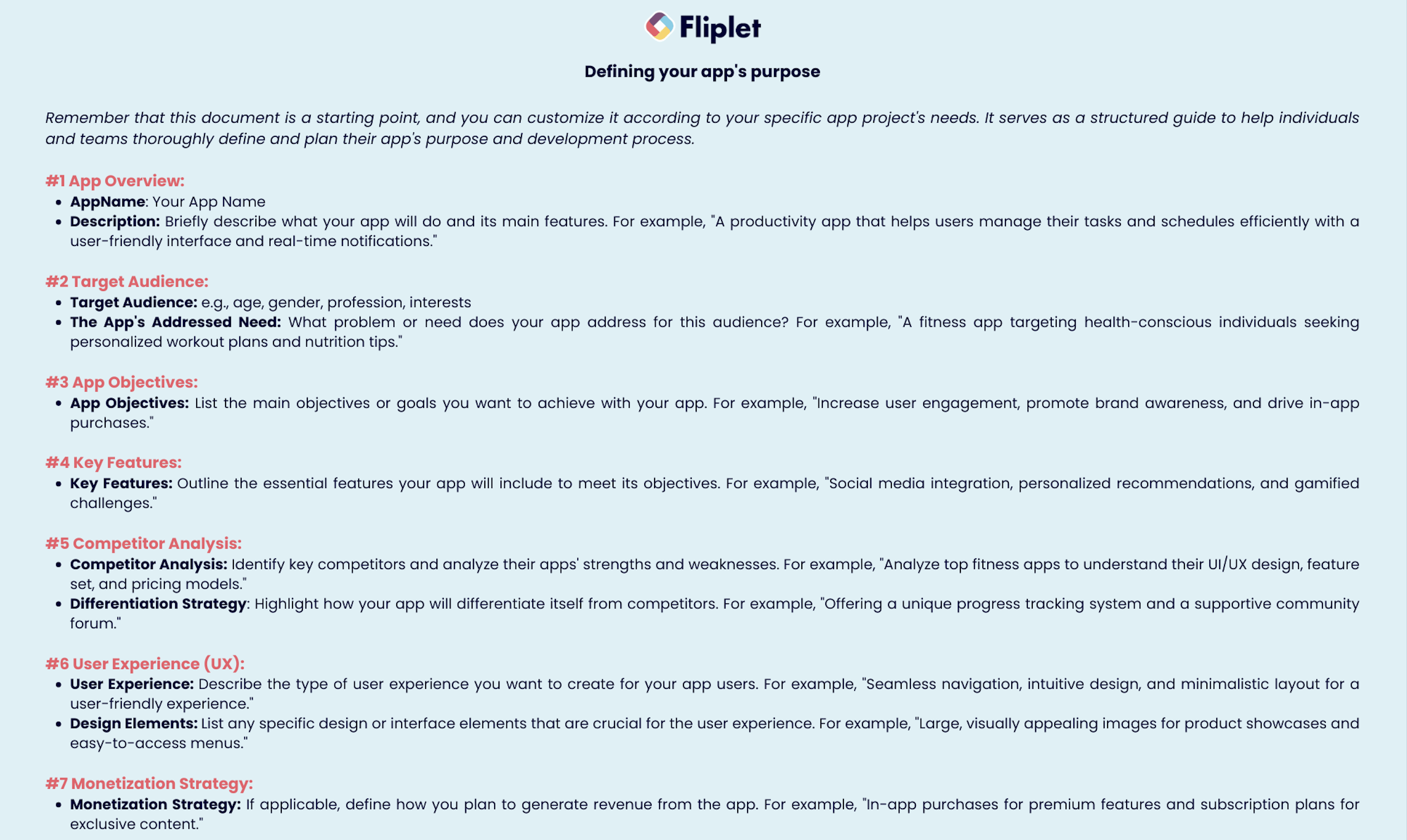
Identifying the purpose of your app is the first and most critical step in the app-making journey. Whether you aim to fulfil user needs, solve a specific problem, or tap into a new market, a well-defined purpose serves as your app’s compass. This clear vision helps streamline your development process and ensures your app caters to its users’ needs.
You should also, consider asking yourself some questions:
- What problem is my app trying to solve?
- What value does my app bring to the users?
- How does it enhance the user experience?
- What features should my app include?
These questions help you create a roadmap for your app’s development, ensuring that it is purpose-driven and user-oriented.
The importance of clarity in why you’re building your app cannot be overstated. It’s not just about what your app does, but also why it does it. A compelling purpose can differentiate your app in a crowded marketplace, attract your target audience, and ultimately, drive user engagement.
Your app’s purpose also aids in defining its key functionalities and deciding its features. When you’re aware of your app’s mission, you can align its design and functionality with this mission, ensuring that every aspect of your app contributes to fulfilling its purpose.
Step 2: Conduct Competitor Research
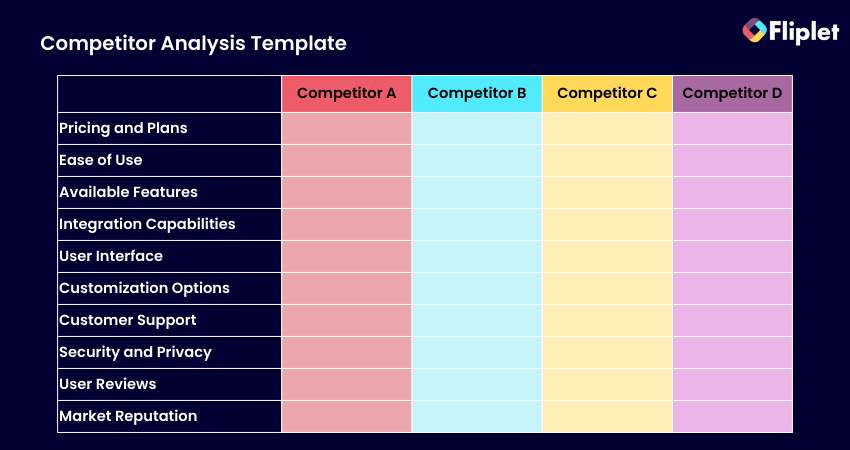
The app market is flooded with millions of applications. Chances are, similar apps targeting the same audience or serving the same purpose already exist. This is why competitor research is vital in the app-making process. Competitor research can reveal important insights about the market, inform your app’s unique selling proposition, and help you avoid mistakes made by others.
During competitor research, focus on:
- Their user interface and design: What works, and what doesn’t? What is engaging about their interface?
- Their features and functionalities: What unique features do they offer? What can be improved or added?
- Their user reviews and ratings: What are the users liking or complaining about?
By scrutinizing competing apps, you can understand what they’re doing right and where they’re lacking. This will give you a chance to learn from their successes and mistakes, giving you a competitive edge and allowing you to create an app that offers an improved user experience.
Finally, competitor research helps you position your app effectively in the market. By understanding what’s already out there, you can better determine your app’s unique selling proposition. This means you can highlight features or qualities that make your app unique, which can be a key differentiator in the crowded app marketplace.
To conduct competitor research you can use different apps and websites. A few that we suggest:
Find.io: will help you find and analyze all the apps your competitors have globally
Competitors App: will help you understand how your competitors go to market
AsoDesk: will help you understand key app metrics like downloads for your competitors
Step 3: Understand Your User Base
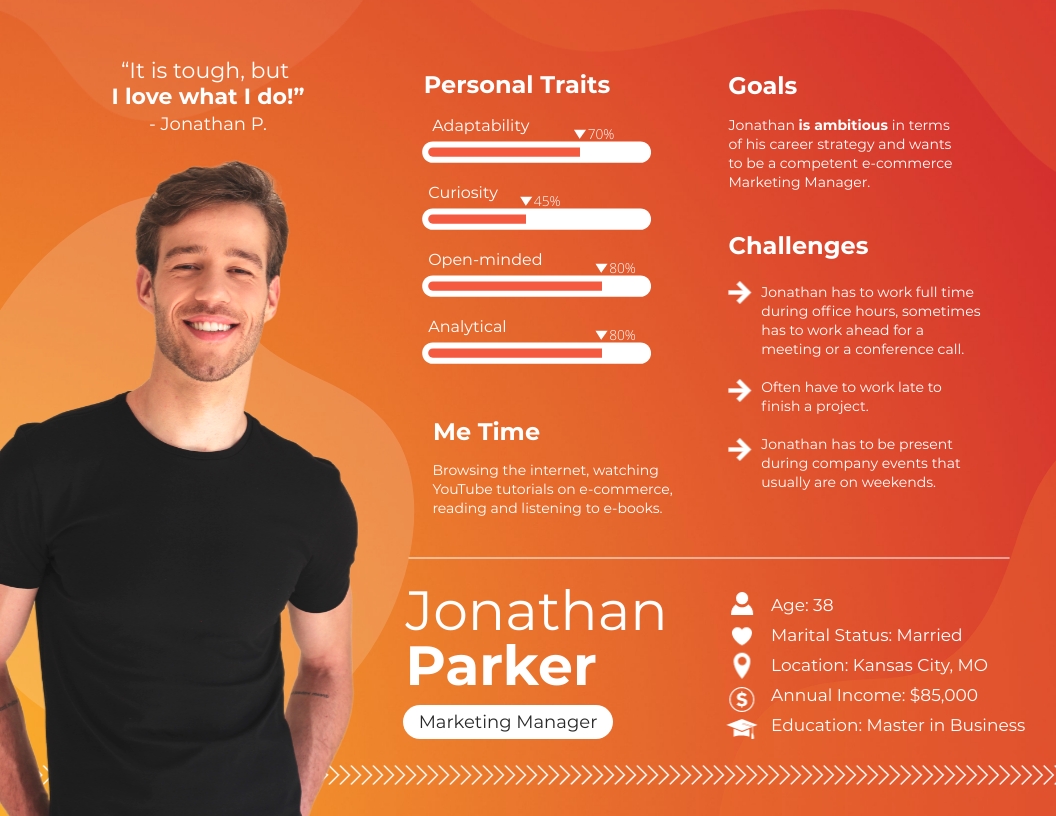
Understanding your user base is another fundamental step in the app development process. The success of your app heavily relies on its ability to meet user needs and expectations. Knowing who your users are, what they want, and how they interact with your app is key to creating a successful iPhone app.
Various research methods, including online surveys, interviews, and user testing, can be employed to gain insights into your user base. Feedback from potential users helps to shape your app’s design and functionality, ensuring a user-centric approach to your app’s development.
When trying to understand your user base, consider the following:
- Demographics: What is the age range of your target audience? What is their occupation, and where do they live?
- Preferences: What are their likes and dislikes? What kind of design and functionality do they prefer in an app?
- Challenges: What problems are they facing that your app can solve? How can your app add value to their lives?
This comprehensive understanding of your user base will allow you to create an app that truly resonates with its users. It ensures that your app is not just another application on their smartphones, but a tool that adds significant value to their lives.
Step 4: Plan Your App
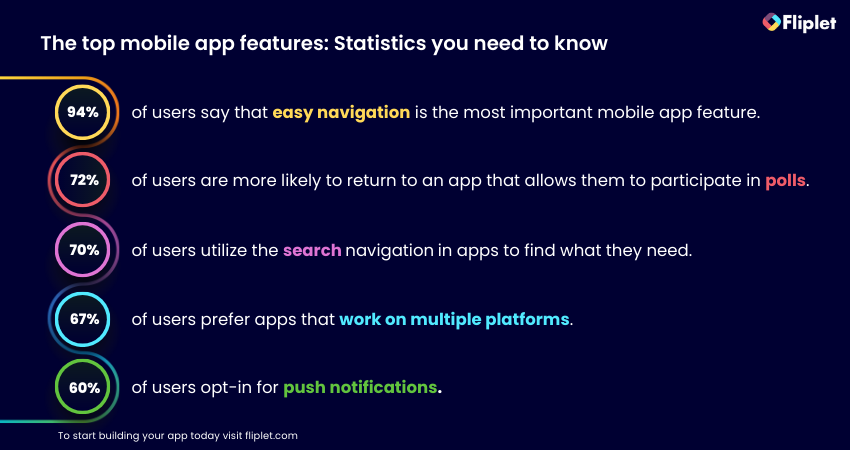
Once your app’s purpose is defined, competitor research conducted, and user base understood, you can move forward to planning your app. At this stage, deciding on the core versus secondary features becomes crucial, informed by your user base understanding and competitor research.
Core features are integral to your app’s functionality and directly contribute to fulfilling its purpose. On the other hand, secondary features, while they enhance the app’s functionality, can be excluded without hampering the basic functions of the app. The distinction between these two categories is crucial to maintain the focus on the app’s primary purpose.
Creating design mockups is another critical aspect of planning your app. Mockups give a visual representation of your app, including its layout, design, and navigation. They serve as a blueprint for your app, enabling you to visualize its look and feel before the actual development starts.
The importance of UX/UI in app development cannot be understated. A visually appealing design paired with a user-friendly interface can significantly enhance the user experience. Hence, during the planning phase, careful attention should be given to creating intuitive, seamless, and aesthetically pleasing design elements.
Step 5: Creating Your iPhone App: The No-Code Way
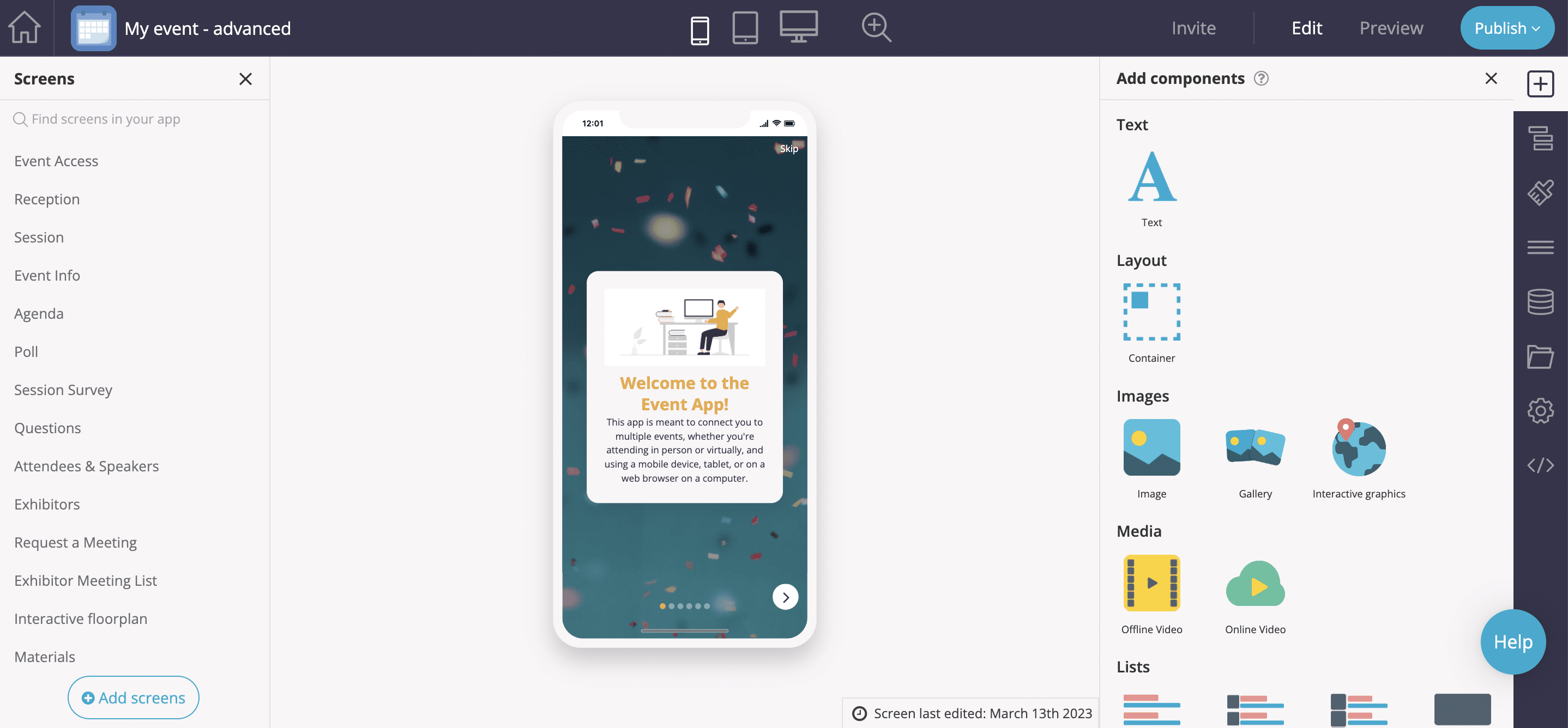
After thorough planning and ideation, you’re ready to start creating your iPhone app.
Traditionally, this process involved writing complex code and understanding various programming languages. However, with no-code platforms, you can easily create an iPhone app without any technical expertise.
No-code platforms like Fliplet provide an easy-to-use interface, with functionalities like drag-and-drop, to create your app. You can easily customize your app’s design, add features, and test its usability within the platform, significantly reducing the app development time.
With an easy-to-use interface and functionalities like drag-and-drop, anyone can create a customized app without hassle. No-code platforms offer a range of templates to jumpstart the process, significantly reducing development time. Compared to traditional coding or hiring agencies, the no-code approach empowers individuals to maintain control, iterate freely, and bring their app ideas to life cost-effectively.
To ensure a smooth app creation process, keep these steps in mind:
- Begin by choosing a template: Most no-code platforms provide various templates that can serve as the basic structure of your app. Choose one that aligns with your app’s purpose.
- Customize your app: After selecting a template, you can begin customizing your app. You can add or remove features, change the design, and adjust the layout to match your app’s needs.
- Test your app: Before launching, make sure to thoroughly test your app. This will help identify any bugs or issues that need to be fixed before the app goes live.
The advent of no-code platforms has truly revolutionized the app development industry. By eliminating the need for coding, these platforms have made app creation accessible to everyone, regardless of their technical expertise.
Step 6: Launch Your App on the App Store
Once your app is created and tested, the next step is to launch it on the App Store. Apple has specific guidelines for app submission that need to be followed to get your app approved. This includes having a unique app name, a relevant description, keywords, and screenshots of your app.
The App Store is the platform where your target audience will find and download your app, making it a crucial step in the app development process. To ensure a smooth app submission process, make sure to follow Apple’s guidelines closely, provide accurate and complete information about your app, and select appropriate keywords to make your app easily discoverable.
Keep in mind, the launch of your app is just the beginning. Once your app is live, it’s important to monitor its performance, gather user feedback, and make necessary updates and improvements. This helps to maintain a positive user experience and keeps your app relevant in the ever-evolving app market.
Having a marketing plan for your app is also key. This could involve app store seo optimization strategies to increase your app’s visibility, social media marketing to reach a larger audience, or email marketing to keep your users engaged.
Fliplet supports you in your first steps building an app by providing you with our Free App Planner Tool. Our App Planner Content helps you generate promotional content for your app. From app store listings to social media posts, your content is a click-away.
Step 7: Monitor, Update, and Improve
The last step in creating an iPhone app is perhaps the most continuous one – monitoring, updating, and improving your app. It’s crucial to keep a close eye on your app’s performance metrics, user feedback, and market trends to ensure your app remains competitive and user-friendly.
Some key metrics to monitor could be:
- User downloads: How many users have downloaded your app? Is this number increasing or decreasing over time?
- User retention: Are users continuing to use your app over time, or are they uninstalling it after a single use?
- User reviews and ratings: What are users saying about your app? What features do they like, and what improvements are they suggesting?
Gathering and analyzing user feedback is another essential component of this step. Feedback can provide valuable insights into your app’s strengths and weaknesses, guiding your future updates and improvements.
Lastly, continuous improvement is key in the ever-evolving app industry. With new apps being launched every day and user preferences constantly changing, it’s important to regularly update your app with new features, improved designs, and enhanced functionalities to keep your users engaged and satisfied.Simply drag and drop components, utilize pre-built templates, and unleash your creativity to design a seamless app experience.
Fliplet pre-built templates include:
- Learning (Want to start building your learning app? Read this blog to see how you can build one on a budget)
- Directory (Check out 15 HR apps that will change the way you work)
- Marketing
- Innovation/idea management
- Approval workflow
- Portal app
- Sales Enablement
- Communications (Take a look at this blog where we compared the top 10 community apps to engage and monetize your community or you can check out the 15 best team communication apps of 2023)
- Data capture
- Emergency Management (Take a look at the 5 steps to take to prepare for a dawn raid)
- Events (To compare our Event solution to other solutions read the 25 best mobile event apps you need in 2023)
- Food ordering
- Multilingual
- Remote and office management
- Task management
- Reporting App
- Blank solution to build from scratch
How AI will change how you develop iPhone apps
Artificial Intelligence (AI) is revolutionizing the app development landscape, and its impact on iPhone app development is nothing short of transformative. From enhancing user experiences to streamlining the development process, AI is reshaping the way we build and interact with apps. Here’s how AI will change how you develop iPhone apps:
1. Personalized User Experiences: AI-powered apps can analyze user behavior and preferences to deliver highly personalized experiences. By understanding user interactions and patterns, AI algorithms can recommend tailored content, features, and functionalities, ultimately increasing user engagement and satisfaction.
2. Predictive App Development: AI can predict potential bugs and issues during the app development phase, allowing developers to proactively address them. This predictive capability reduces development time, minimizes debugging efforts, and ensures smoother app performance.
3. Natural Language Processing (NLP): NLP enables apps to understand and interpret human language. Integrating NLP into iPhone apps empowers users to interact with the app through voice commands or text, enhancing overall user convenience and accessibility.
4. Smart Automation: AI-driven automation can handle repetitive and time-consuming tasks, freeing up developers to focus on more critical aspects of app development. From generating code snippets to automating UI design, smart automation accelerates the development process and increases productivity.
5. Enhanced Security: AI can bolster app security by continuously monitoring for suspicious activities and potential threats. Machine learning algorithms can detect anomalies and unusual behavior, providing real-time protection against security breaches.
6. Contextual Awareness: AI can imbue iPhone apps with contextual awareness, allowing them to adapt and respond intelligently to changing environments and user inputs. This capability enriches the user experience and ensures that the app remains relevant and useful in various scenarios.
7. Image and Video Analysis: With AI-powered image and video analysis, apps can recognize objects, scenes, and even emotions from visual content. This opens up new possibilities for augmented reality (AR) applications, advanced photo editing, and video processing.
8. Efficient App Testing: AI-based testing frameworks can perform extensive testing scenarios, covering a wide range of use cases and user interactions. This comprehensive testing approach ensures higher app quality and reliability before deployment.
In conclusion, AI is set to transform iPhone app development by ushering in a new era of intelligent and dynamic applications. Embracing AI-driven technologies not only enhances user experiences but also empowers developers to create innovative and high-performing apps more efficiently than ever before. Stay ahead of the curve by integrating AI capabilities into your iPhone app development process and unlock the full potential of this cutting-edge technology. Find out more about Fliplet’s AI powered apps and features.
Conclusion
In the world of mobile apps, iOS holds a prominent place due to its global reach, superior user experience, and rigorous quality checks. It offers a vast market for app creators to tap into. The traditional barriers of coding knowledge and technical expertise in app creation have been broken down by the advent of no-code platforms.
These platforms have democratized the process of app creation, making it accessible to anyone with a vision. By understanding your app’s purpose, researching your competition, knowing your user base, meticulously planning your app, using a no-code platform to create your app, launching it effectively on the App Store, and constantly monitoring and updating it, you can successfully create an iPhone app in less than a day.
The digital revolution waits for no one. It’s time to harness the power of no-code platforms and create that iPhone app you’ve been dreaming about. Let the era of digital democratization spur your creativity and innovation, because in the realm of app development, the sky’s the limit.
For more on building a custom app, read our blog.

Niamh Conneely
Niamh Conneely is the Content Writer and Marketing Executive at Fliplet – an app building platform that enables anyone to easily create engaging and interactive mobile and web apps.
Niamh has experience in content creation and writing and has achieved two level 6 awards for The Chartered Institute of Marketing. She has developed skills to help organizations deal with the challenges of a fast-moving marketplace. Connect with Niamh on Linkedin.
FAQs
How to start making an app for iphone?
To start making an app for iPhone, Fliplet offers a user-friendly platform with comprehensive guides and 22 ready-to-use app templates. Whether you’re a seasoned developer or a non-technical professional, Fliplet simplifies the app development process. You can leverage their intuitive interface and pre-built templates to quickly create custom apps tailored to your organization’s needs. With Fliplet, you have the flexibility to design and deploy apps without the complexity of traditional development methods, saving you time and resources. So, whether it’s for internal use, client-facing solutions, or enhancing your organization’s digital presence, Fliplet empowers you to build powerful iPhone apps with ease.
How much does it cost to create an app for iPhone?
The cost of creating an app for iPhone can vary significantly depending on various factors such as the complexity of the app, the features and functionalities required, the design, and the development approach. Traditional custom app development can be expensive, often costing tens of thousands to hundreds of thousands of dollars. However, with Fliplet’s no-code/low-code platform, you can significantly reduce costs and development time. Fliplet offers a range of pricing plans – including a free one! Enabling organizations of all sizes to build iPhone apps cost-effectively. For detailed pricing information, you can visit the Fliplet website or contact their sales team.
Can I make an app for my iPhone for free?
While creating an app for iPhone using traditional custom development methods can be expensive, there are some no-code/low-code platforms like Fliplet that offer free trial options. With Fliplet’s free plan, you can explore the platform and start building your iPhone web app without any upfront cost. However, please note that to publish your app on the Apple App Store, you will need to pay the standard Apple Developer Program membership fee, which is currently required for all app developers. The Apple Developer Program fee may vary depending on your location. Once you have a paid Apple Developer Program membership, you can submit your app to the App Store and make it available to users.
How hard is it to make an iPhone app?
The difficulty of making an iPhone app can vary depending on the approach you take. Traditional custom app development can be complex and time-consuming, requiring extensive coding knowledge and expertise. However, with the emergence of no-code/low-code platforms like Fliplet, creating an iPhone app has become much more accessible to individuals with little to no coding experience.
Fliplet’s user-friendly interface and drag-and-drop functionality make app development easier and faster. You don’t need extensive coding skills; instead, you can use pre-built templates and components to build your app. While some technical knowledge may still be helpful, it is not a requirement to get started. With Fliplet’s guided resources and support, you can quickly learn the platform and create your iPhone app with relative ease.

